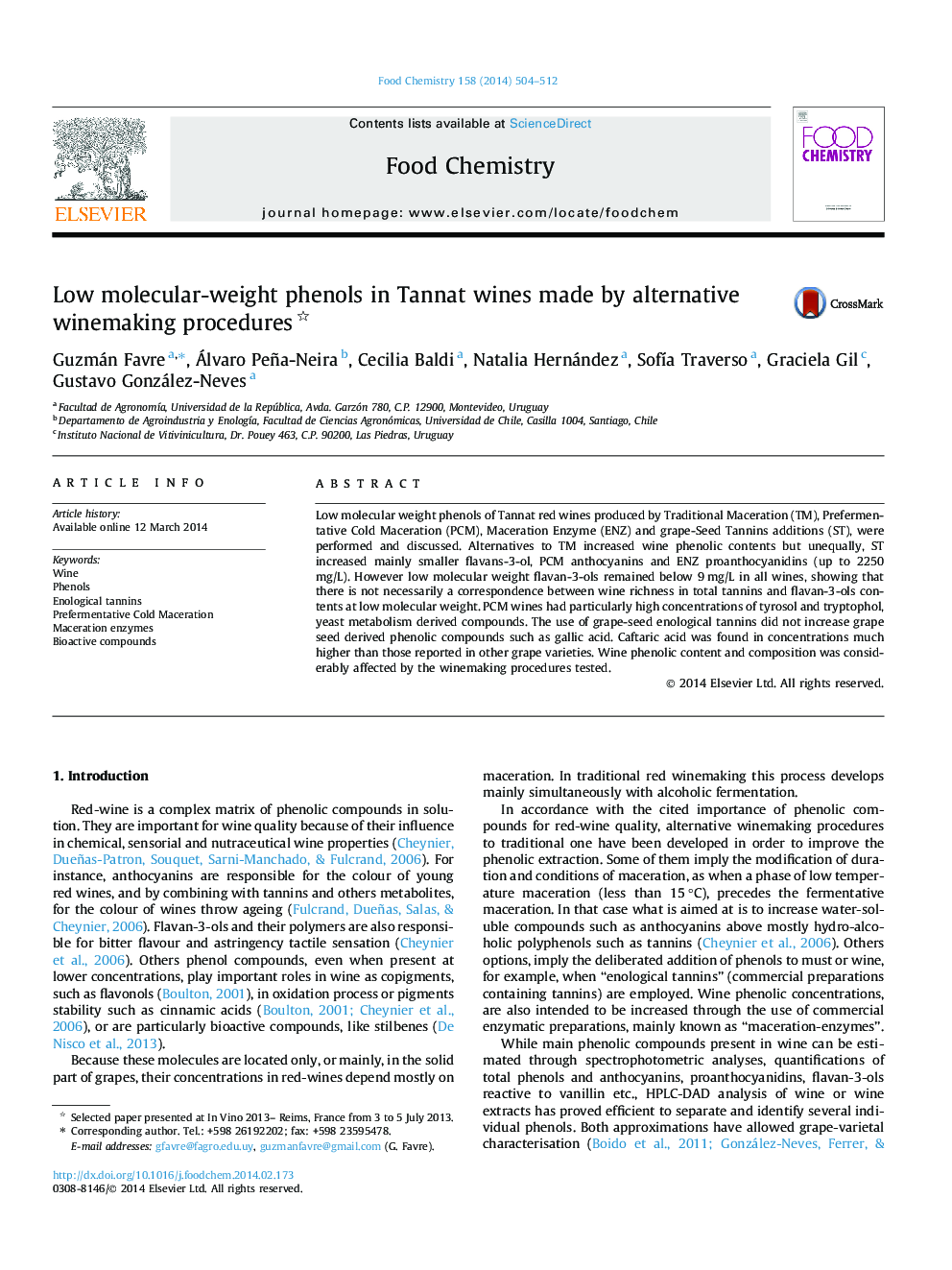| Article ID | Journal | Published Year | Pages | File Type |
|---|---|---|---|---|
| 7597579 | Food Chemistry | 2014 | 9 Pages |
Abstract
Low molecular weight phenols of Tannat red wines produced by Traditional Maceration (TM), Prefermentative Cold Maceration (PCM), Maceration Enzyme (ENZ) and grape-Seed Tannins additions (ST), were performed and discussed. Alternatives to TM increased wine phenolic contents but unequally, ST increased mainly smaller flavans-3-ol, PCM anthocyanins and ENZ proanthocyanidins (up to 2250Â mg/L). However low molecular weight flavan-3-ols remained below 9Â mg/L in all wines, showing that there is not necessarily a correspondence between wine richness in total tannins and flavan-3-ols contents at low molecular weight. PCM wines had particularly high concentrations of tyrosol and tryptophol, yeast metabolism derived compounds. The use of grape-seed enological tannins did not increase grape seed derived phenolic compounds such as gallic acid. Caftaric acid was found in concentrations much higher than those reported in other grape varieties. Wine phenolic content and composition was considerably affected by the winemaking procedures tested.
Related Topics
Physical Sciences and Engineering
Chemistry
Analytical Chemistry
Authors
Guzmán Favre, Álvaro Peña-Neira, Cecilia Baldi, Natalia Hernández, SofÃa Traverso, Graciela Gil, Gustavo González-Neves,
